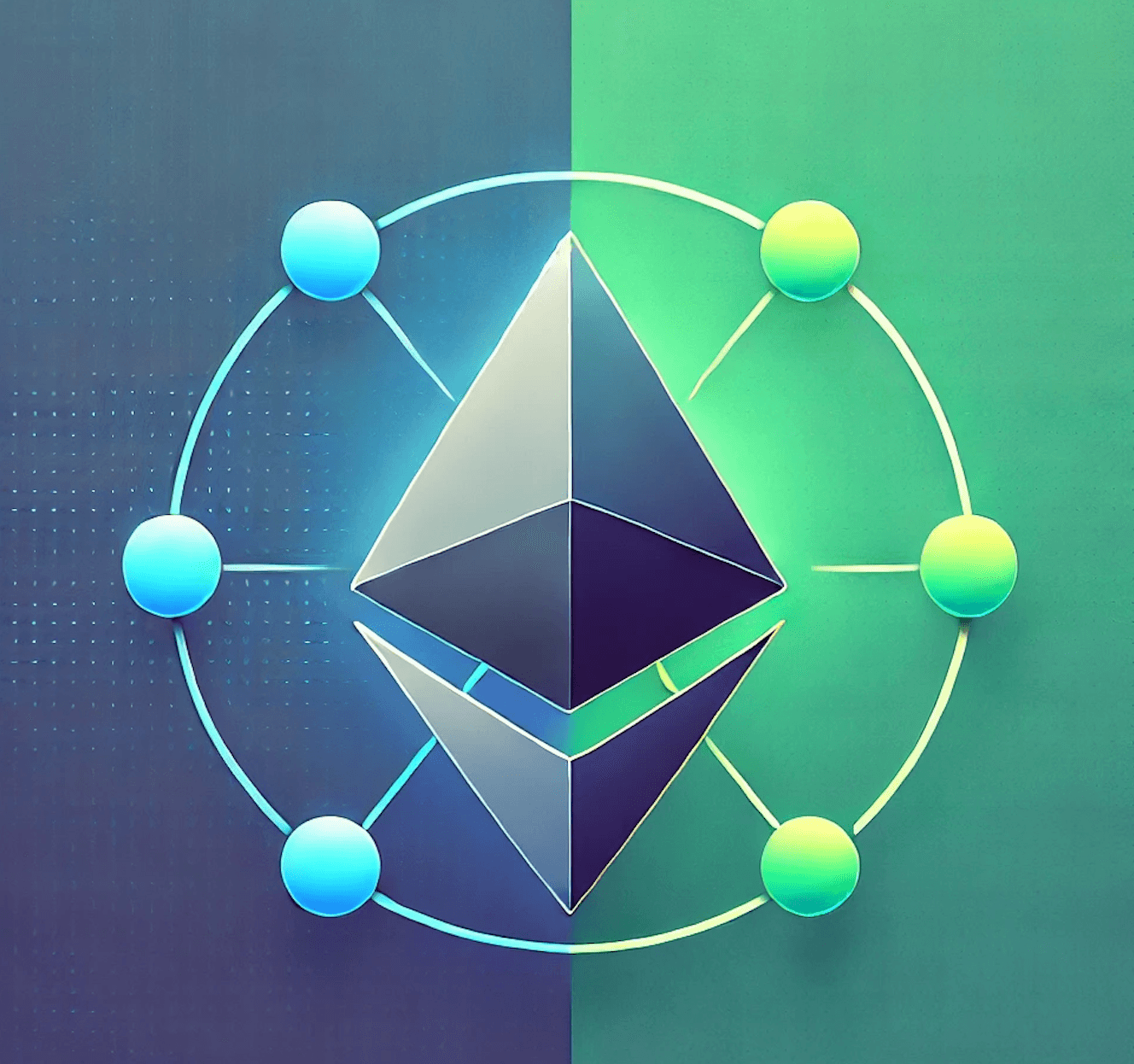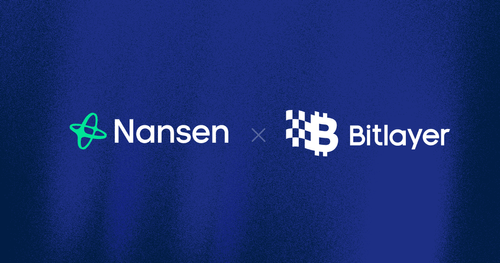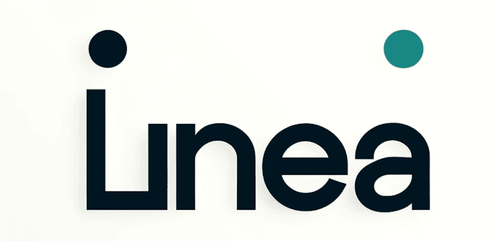Introduction
Eclipse is a new L2 on Ethereum that uses the Solana Virtual Machine (SVM). With this, Eclipse brings the best of both worlds: access to Ethereum's liquidity/security properties and the SVM's high performance and speed. In other words, Solana-native apps can now launch on Eclipse, and the L2 benefits from the stack’s modularity, merging the two ecosystems where each other may lack - liquidity and scalability. Not only can Solana-native apps launch there, but EVM apps will also be able to co-exist on Eclipse through Neon EVM, which brings full EVM compatibility to Eclipse. Because Neon EVM is deployed as a smart contract on any SVM-chain (i.e Eclipse, Solana, etc.), EVM-based apps such as Aave can now get access to greater throughput and scalability.
As for the tech stack, Eclipse handles execution on the L2, settles to Ethereum mainnet, and posts data availability (DA) to Celestia. With Eclipse, Solana developers and the ecosystem at large can tap into the vast amounts of liquidity in the EVM ecosystem.
Sounds good but when is mainnet and what can I do as a user?
Recent Updates/Catalysts
The bridge from mainnet went live two weeks ago as noted here for deposits only. Withdrawals will be enabled when the public mainnet goes (expected first week of November 2024). However, apps are deploying there such as Orca where you can swap seamlessly between your SOL and ETH. Other apps will be expected to deploy in the near term as well.
tETH
They launched tETH which is a unified restaking token that allows users to deposit their favorite LRTs to earn restaked yield on Eclipse. tETH is an index of LRT tokens, which comprises of 5 LRTs including:
- eETH
- ezETH
- rswETH
- steakETH
- pufETH
In return, users get one unified token, tETH, which aims to not fragment liquidity across many LRTs. Users deposit LRTs on mainnet where tETH is minted and then bridged to Eclipse via Hyperlane. tETH is similar to wstETH where it is an exchange rate bearing token such that the exchange rate to ETH will increase over time from the staking yield. AVS-related rewards will be claimed separately but the rewards will be a function of how long a user held the asset. In short, users that mint tETH will access restaking yields while getting access to yields on Eclipse DeFi, along with ecosystem incentives.
Future Catalysts
Given the synergies of the SVM and the broader EVM ecosystem, Eclipse stands to gain from future improvements in two of the world's largest user and developer communities. Specifically, they can integrate Firedancer for throughput improvements, have access to exponentially improving ZK stack (i.e proofs via RISC Zero), and they can be home to all of the most used apps today such as Aave and Uniswap.
On top of tETH, they also plan on expanding their LRT ecosystem for both ETH and SOL holders. This way, they aim to be a hub for LRTfi with a unified UX.
What to Do?
At the time of writing, users can bridge over from Ethereum mainnet and play around with apps such as Orca. Below we show the cumulative and daily deposits into the Eclipse canonical bridge from mainnet.
Given withdrawals are not enabled, the flows are up only with deposits accelerating in mid-October totaling over 1,838 ETH deposits across 44,404 users. There are other ways to bridge into Eclipse, such as Hyperlane or Orbiter, which are not covered. Deposit amounts are skewed, but to rank in the top 10% of addresses by ETH deposited, you'd only need 0.053 ETH—and 0.4 ETH to be in the top 1%.
Who are the early whales depositing into Eclipse?
For the top 5 wallets, we see a heavy ETH allocation spanning Ethereum and various layer 2s. Interestingly, most of these funds remain idle rather than actively deployed.
For those bridging over to play around, whether to farm a potential airdrop or just explore whats going on, you'll need to have either a Backpack or Nightly wallet installed. At the moment, Phantom is not supported on Eclipse. ETH is used for paying gas and they will eventually add in fee abstraction (like Base) to pay in alternative tokens but ensure you have ETH for transaction fees etc.




